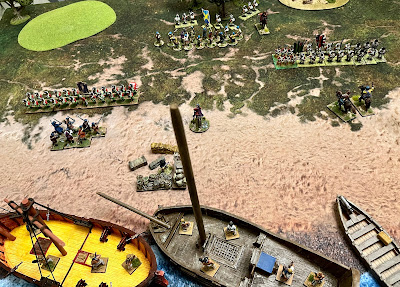This is the latest in my Nigel Tranter rereads. We have reached the mid-15th century when the Scots were squabbling amongst themselves as usual, while the English were even more so during the Wars of the Roses. The monarch was James II (1437-60), the latest in the less-than-effective medieval Stewart kings, at least in Tranter's version. If there is a theme, Tranter was not a big fan of the Stewarts. The evidence is that James II, at least towards the end of his reign, was a competent ruler.
The focus of this story is the House of Douglas, the most powerful house in lowland Scotland of the period, at least in terms of fighting men, an all-important consideration. The new Eighth Earl was Will Douglas, forced centre stage into the nation's political life. James II was still a child, and the Crighton and Livingstone families ruled the country. These are the archetypal baddies in the story.
Initially, James and the young Douglas got along well, but in Tranter's telling, the wicked advisors turned the King against him. Tranter invents a dysfunctional marriage and rejects the evidence that he took part in a plot with the Lord of the Isles and others. Either way, it doesn't end well for Douglas, although he may have had the last laugh as James II was later killed by an exploding cannon. One bit of history for those who object to this provision in some wargames' rules.
This isn't the most action-packed tale. Not least because conflict with England was lower than usual, not least because they were a bit occupied with their own troubles. The one major incursion led to a less well-known Scottish victory at the Battle of Sark on 23 October 1448. This was fought near modern Gretna, familiar to those entering Scotland today on the M6. There is an interesting excursion to Rome, which, although a little before the Borgia period, is depicted as just as debauched.
It is not one of Tranter's best, but covers an interesting, less well-known period of Scottish history.































